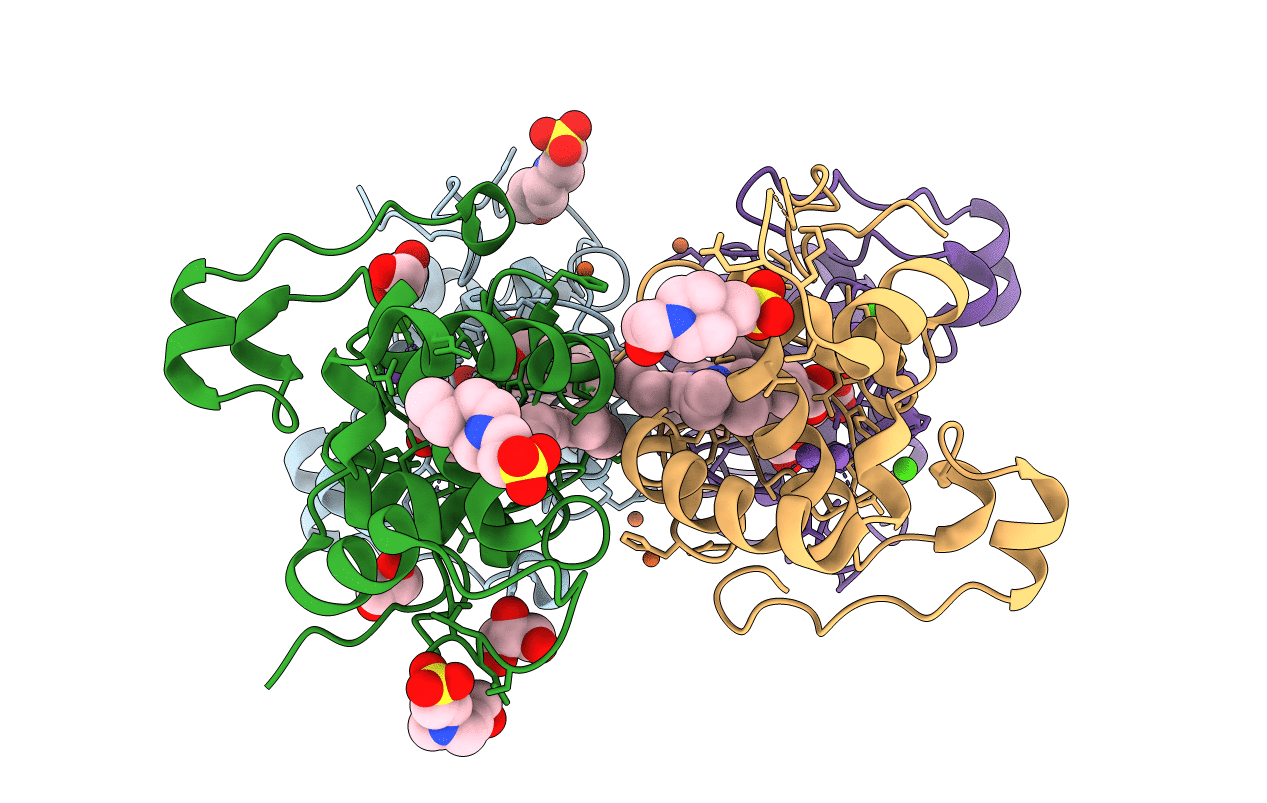
Deposition Date
2020-06-04
Release Date
2020-07-22
Last Version Date
2024-10-16
Entry Detail
PDB ID:
7C90
Keywords:
Title:
Crystal structure of Cytochrome CL from the marine methylotrophic bacterium Methylophaga aminisulfidivorans MPT (Ma-CytcL)
Biological Source:
Source Organism:
Methylophaga aminisulfidivorans MP (Taxon ID: 1026882)
Host Organism:
Method Details:
Experimental Method:
Resolution:
2.13 Å
R-Value Free:
0.19
R-Value Work:
0.14
R-Value Observed:
0.15
Space Group:
P 1 21 1


